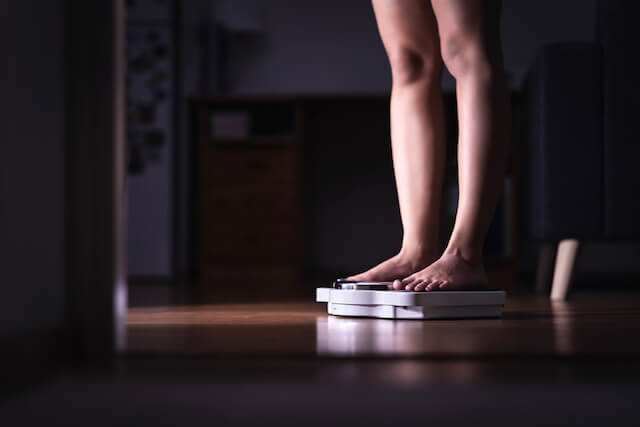Is the Number on the Scale A Good Indicator of Weight Loss?
When you’ve committed to a healthy diet on top of exercising regularly, you’d find yourself expecting a significant drop in your weight only to realise that your weigh has been around the same range for months.
Losing weight effectively requires a negative calorie balance by consuming fewer calories than your body burns in a day. If your weight is still the same despite a lower food intake, then it’s probably because you haven’t cut enough calories from your diet. In the pursuit of weight loss, having a balanced diet and a consistent exercise regime is not to be forgotten either. If you’re not losing weight despite the changes made, consider signing yourself up for the best weight loss program in Singapore.
While weighing yourself is a standard part of trying to lose weight, is it really a huge determining factor when it comes to tracking weight loss progress?
Focus on fat loss instead of weight loss
Losing weight usually refers to slimming down. Conversely, slimming down doesn’t necessarily mean losing weight off the scale. It may be unheard of, but it is possible to get thinner without seeing a drastic change in your weight! This is when you have lost body fat while gaining muscle. Even though your weight remains the same as you lose inches, take it as a positive sign.
The scale measures everything
The number on the weighing scale is the sum total of your muscle, fat, water, bones or organs. Scale weight tends to fluctuate throughout the day, due to water retention or how often you eat or go to the bathroom. If you step on the scale feeling unhappy with what you’re seeing, then how does that make you feel? When your vision is too narrowed on weight, other results like fat loss or endurance may be overshadowed. On the contrary, the scale may be helpful to track your progress. However, you shouldn’t rely on it too much!
Rethink your approach to track progress
Keep yourself motivated through tangible ways that’ll let you see if your body is making changes, no matter the number on the scale.
– How your clothes fit: If your clothes fit more loosely; then you know you’re making progress!
– Keep track of measurements: It’s difficult to notice the differences between different shapes, so it’d be hard for us to see for ourselves if we’re slimming down in certain areas. If you measure your body at various points (and see results), we’re sure it’ll motivate you to keep going!
– Set performance goals: Focus on completing a certain number of workouts each week. Take note of how long you can hold a plank each day, or set workout goals to accomplish in days to come.
Conclusion
Sometimes, you’re not losing weight where you want to due to factors that are beyond your control, such as age and genetics. But don’t give up your journey of attaining your dream body! Seek help in the form of TCM slimming procedures to aid your weight loss journey. It utilises TCM techniques to improve your health and metabolism, thus ensuring fast results. As you thrive towards your #bodygoal, keep in mind that the process does give you instant gratification. But when you do achieve your desired body or weight, you’ll know your efforts didn’t go in vain.
In light of recent events, please be informed that our operations will temporarily be ceased from 7th April 2020 to 1st June 2020, as of now. We look forward to welcoming you in stores again for our slimming programs. Until then, stay home, healthy and stay safe!







